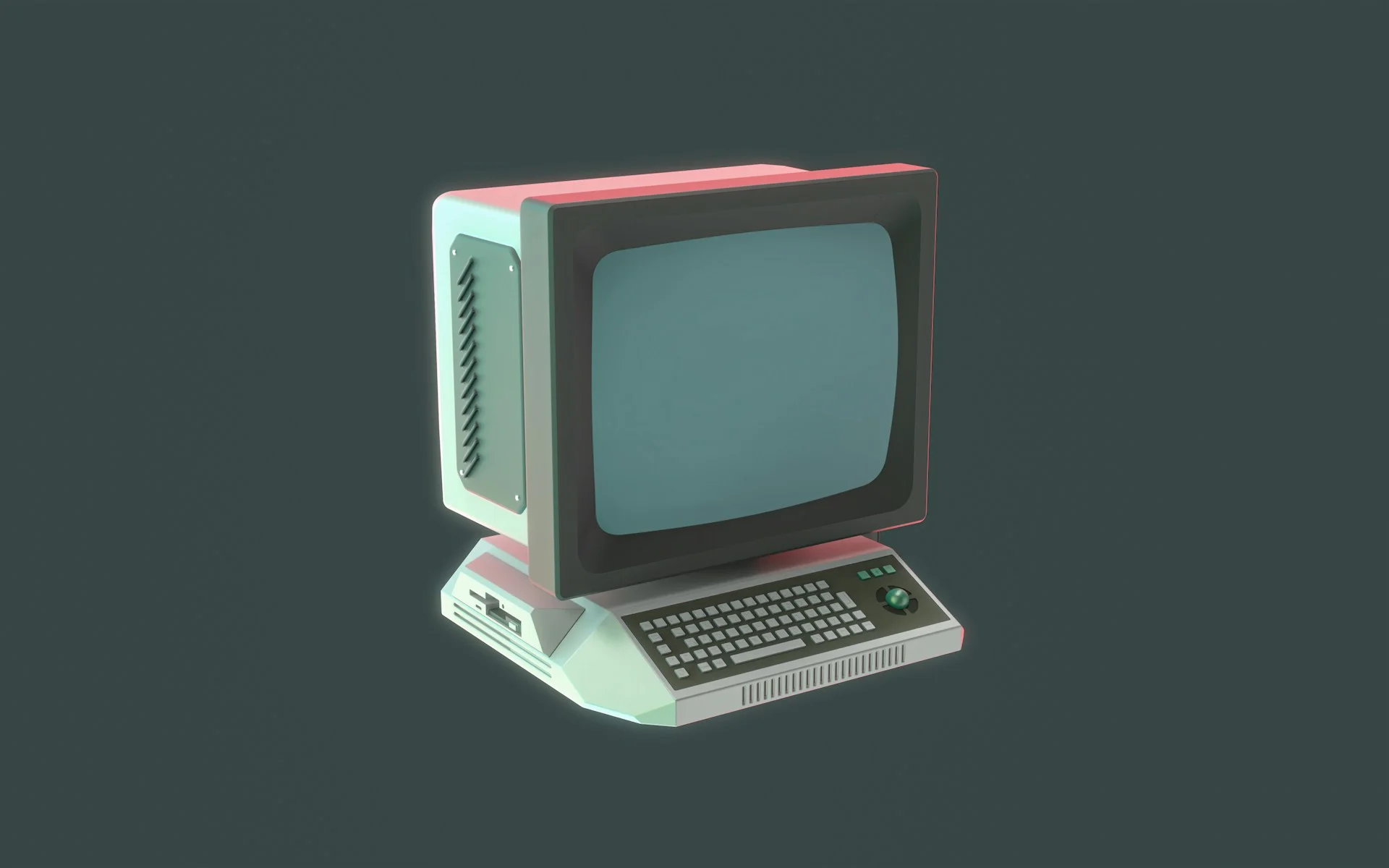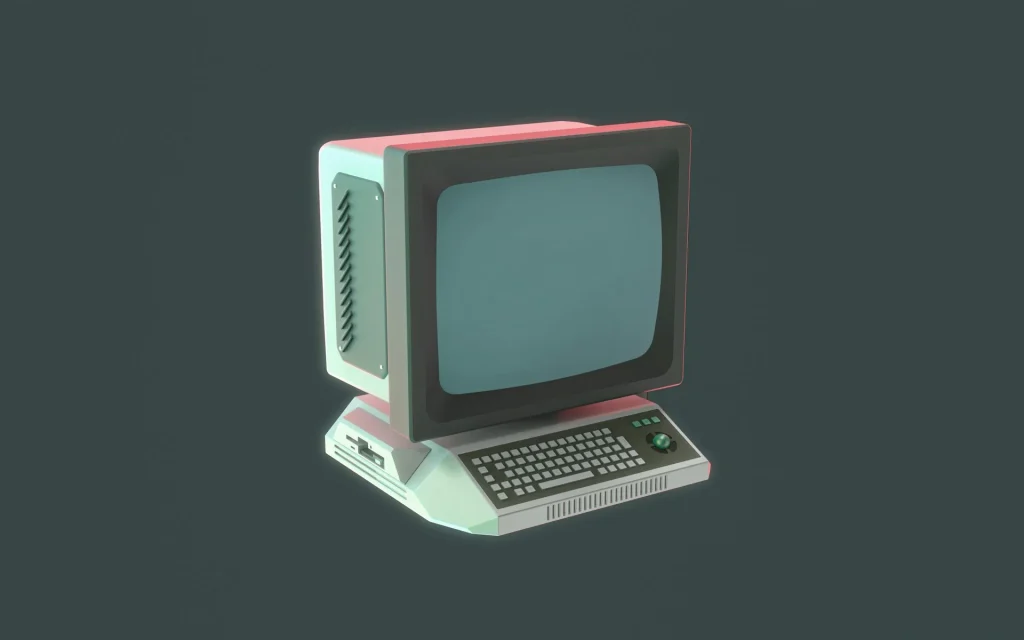Table of content
There’s a three in five chance that your company uses outdated tech. And you’re not alone. More than 70% of the Fortune 5000 companies’ software was developed more than two decades ago. Since then, old systems have lost their benefits, so they need to be replaced or upgraded.
Indeed, legacy systems are proven, cozy tech that underpin core business operations. But have you counted how much these outdated platforms steal from you in time, money, and prospects? This material unveils the hidden costs of maintaining legacy tech and prepares you for the upgrade.
By opting for legacy modernization services, you can transform your legacy tech stack from a costly liability into a catalyst for business growth. Ready to embark on this journey? Let’s go.
The Hidden Cost of “Working Just Fine”
At first glance, legacy systems appear predictable, so sticking with your current infrastructure seems practical. It works, the team knows it, and, the best thing, you’ve already paid for it. Until it suddenly collapses or demands hotfixes. At that, a deeper outlook reveals the financial truth of not updating technology in time. Let’s break down the outcomes.
Increased Maintenance Costs
Older technology is more fragile because it doesn’t receive repetitive updates and patches, while threats continue to evolve. So, instead of the manufacturer, you bear all hands-on support costs, including hiring special talents and looking for rare parts or licenses. Current systems reduce the maintenance costs by shifting these responsibilities back to the provider.
Productivity Takes a Hit
Legacy software often features clunky user interfaces with poor user experience (UX) and slow load times. These systems weren’t built with today’s user expectations, and the most awful part is that they can’t be accelerated with a mere patch or better hardware.
As a result, your employees spend more time grappling with outdated interfaces or waiting for systems to respond. Instead of empowering them, legacy systems force teams into inefficient workarounds just to get things done.
Unlike legacy systems examples, modern platforms streamline user journeys in all respects. They automate repetitive tasks and let your team focus on value-driving work, not fighting the tools.
Security Risks Rise
Outdated systems lack modern protections, putting your compliance, customer trust, and operations at risk. Without regular updates, the latest protocols, and modern protections, these systems become vulnerable to data breaches.
As a result, the businesses are not only exposed to non-compliance penalties, etc., but customer claims resulting from sensitive customer information exposed.
Limited Scalability and Integrations
As your business grows, legacy tech becomes a bottleneck, leading to revenue losses due to system constraints. As a result, opportunities are lost with every feature you can’t launch since new product features can’t be built in outdated infrastructure.
As a result, you are blocked from all modern third-party integrations and services, new features and opportunities. By removing these limitations, modernizing technology stack paves the way for your company to faster launches, more intelligent scaling, and growth.
All in all, once a legacy platform creates friction across both business and IT, it becomes a candidate for system modernisation. In business terms, lost time and opportunity windows mean lost growth and revenue.
Why Modernize Legacy Systems Now? How to Talk ROI with Stakeholders
Platform modernization doesn’t just remove costs — it creates value. Let’s get grounded, companies that invest in upgrading legacy systems often see:
- 30–50% Fewer Operating Costs. Although you have to invest in technology upgrades, cost savings stem from lower maintenance requirements, reduced need for specialized legacy support, and minimized downtime.
- Faster Release Cycles and Shorter Time to Market. Legacy systems often slow down product delivery due to outdated codebases and limited automation. Thanks to agile development practices, CI/CD pipelines, and an AI solution accelerator, teams deliver new features faster.
- Higher System Uptime. Modern cloud-native or microservice-based architecture is more resilient. It’s built to scale and streamline operations. Automated failovers, real-time diagnostics, and predictive maintenance prevent outages.
- Enhanced Integration. Legacy tech often struggles to support modern APIs, cloud infrastructure, or the growing data needs of today’s businesses. Modern systems are built for connectivity, enabling seamless integration with third-party tools, real-time analytics, and flexible scalability as demand grows. This creates a future-ready foundation that supports innovation and expansion without rework.
To put it briefly, your savings from IT legacy modernization exceed your expenditure. So, as a result, you safeguard your company, unlocking growth.
There’s More Than One Path: Legacy Modernization Strategies
Why do organizations delay modernization? First and foremost, they fear that it will bring a full rebuild or months of disruption. However, modernization isn’t a one-size-fits-all solution. At minimum, there are seven types of technology upgrades, varying from surface-level, low-risk updates to total overhauls:
- Encapsulation is the easiest application modernization roadmap. It wraps legacy systems in APIs to expose critical functions without touching the core.
- Rehosting involves moving apps to a modern infrastructure “as-is”, leveraging the entire new ecosystem.
- Replatforming is about shifting to a new platform, too, but with minor adjustments according to the goals.
- Refactoring is cleaning up the code for efficiency and maintainability while maintaining the system’s architecture. This approach helps to eliminate tech debt and improve performance greatly.
- Rearchitecting brings the total redesign of the structure to enable cloud-native or microservices with their full range of benefits, including scalability, etc.
- Rebuilding or Replacing is a total overhaul. You start from scratch, crafting a new system, aligning with new demands and functionality.
Which is best for you in this modern vs legacy optimization battle? It depends on your goals: cutting costs, boosting performance, eliminating risk, or all three. Need a consultation on optimization? Devox Software’s legacy modernization services will end your deliberations. We will tailor a strategy that perfectly fits the target you aim at.
Final Thoughts
There is a tipping point for every system. With time, opportunities decrease, while dangers and maintenance issues multiply, until they turn the system unsustainable. At that point, modernization ceases to be a luxury and becomes an essential continuation. Because the real question becomes not “How much will it cost to upgrade?”, it’s always “How much is it costing you to stay the same?”
The good news is that you don’t have to finish everything at once, investing tons of money and effort into a full rebuild. All you have to do is begin the assessment, identifying the point where improvements are the most cost-efficient.
Unlike other application modernization companies, Devox Software stands hand-in-hand with you, supporting you as a tech partner, not an hour-based vendor.












